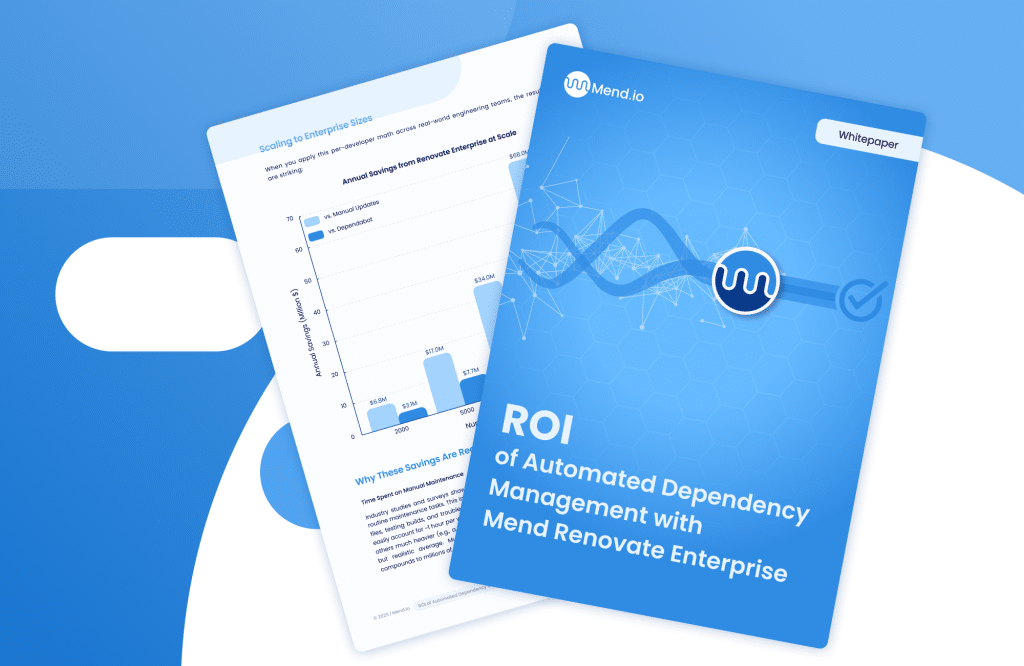Table of contents
Modern AppSec Programs Run on Automation

In today’s fast-paced digital landscape, application security (AppSec) is more critical than ever. With the increasing complexity of software systems and the rapid evolution of cyber threats, traditional manual security practices can no longer keep up. Modern AppSec programs are turning to automation to enhance efficiency, reduce vulnerabilities, and ensure robust security throughout the software development lifecycle (SDLC).
The imperative for automation in AppSec
Cybersecurity threats are growing in both frequency and sophistication. According to a recent report, 75% of organizations believe they are likely to experience a breach within the next three years. Moreover, 42% of cyber leaders cite infrastructure breakdowns as their top concern, followed by identity theft (24%) and ransomware attacks (20%).
To combat these threats effectively, organizations must adopt automated security measures that can operate at the speed and scale of modern development practices.
Benefits of automation in application security
1. Enhanced efficiency
Automation streamlines repetitive and time-consuming tasks such as vulnerability scanning, code analysis, and compliance checks. By integrating automated tools into the SDLC, teams can identify and remediate issues faster, reducing the window of exposure to potential threats.
2. Improved accuracy
Automated tools minimize human error by consistently applying security policies and checks across all stages of development. This consistency ensures that vulnerabilities are detected and addressed promptly, maintaining a high standard of security.
3. Scalability
As organizations grow and their software ecosystems expand, automation enables security practices to scale accordingly. Automated solutions can handle large volumes of code and numerous applications without compromising on performance or accuracy.
4. Continuous monitoring
Automation facilitates continuous security monitoring, providing real-time insights into the security posture of applications. This ongoing vigilance is crucial for detecting and responding to threats promptly.
Implementing automation in your AppSec program
To effectively integrate automation into your AppSec strategy, consider the following steps:
1. Assess your current security posture
Begin by evaluating your existing security processes to identify areas where automation can have the most significant impact. This assessment will help prioritize automation efforts and allocate resources effectively.
2. Choose the right tools
Select automated security tools that align with your organization’s needs and integrate seamlessly into your development workflows. For instance, the Mend AppSec Platform offers a comprehensive suite of tools for automating various aspects of application security.
3. Integrate automation into the SDLC
Embed automated security checks into each phase of the SDLC, from code development to deployment. This integration ensures that security is a continuous and integral part of the development process.
4. Train your teams
Educate your development and security teams on the use of automated tools and the importance of integrating security into their daily workflows. Training fosters a culture of security awareness and collaboration.
5. Monitor and optimize
Continuously monitor the performance of your automated security tools and processes. Use metrics and feedback to refine and enhance your automation strategy over time.
Real world applications of automation in AppSec
Organizations across various industries are leveraging automation to strengthen their AppSec programs. For example, integrating Dynamic Application Security Testing (DAST) tools like StackHawk into CI/CD pipelines allows for real-time vulnerability detection and remediation.
Similarly, the use of Software Composition Analysis (SCA) tools helps identify and manage open-source components, ensuring that known vulnerabilities are addressed promptly.
Challenges and considerations
While automation offers numerous benefits, it’s essential to be mindful of potential challenges:
- False Positives: Automated tools may generate false positives, leading to unnecessary remediation efforts. Regularly calibrate tools to minimize such occurrences.
- Integration Complexity: Integrating automation tools into existing workflows can be complex. Plan and execute integrations carefully to avoid disruptions.
- Skill Gaps: Ensure that your teams possess the necessary skills to operate and manage automated security tools effectively.
Conclusion
Automation is no longer a luxury but a necessity in modern application security programs. By embracing automation, organizations can enhance efficiency, accuracy, and scalability in their security practices, ultimately leading to more robust and resilient applications.
To learn more about implementing automation in your AppSec program, explore the Mend AppSec Platform and discover how it can transform your security strategy.






